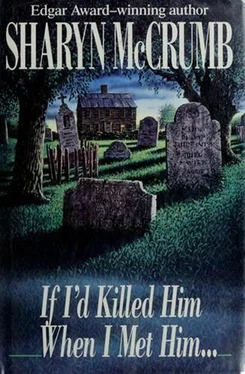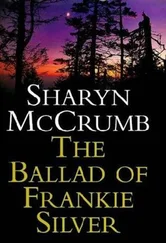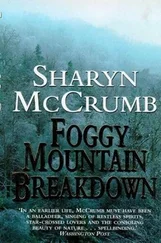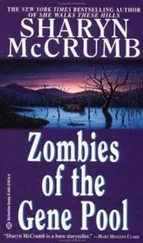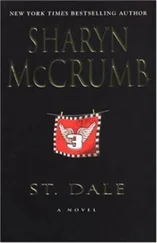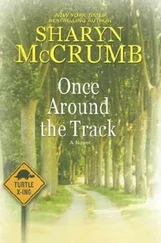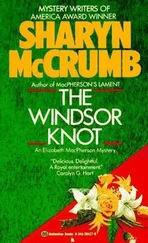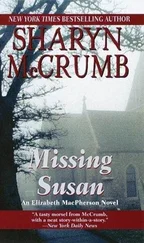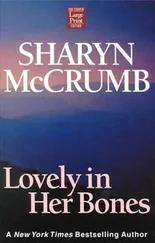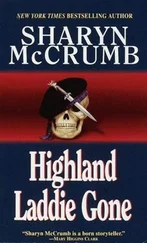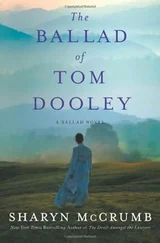“Porky. He may change it, though. That’s his tank name. I’m sure his mother called him something else, except it’s a whistle sound, and there’s no orthography for it.”
“Porky, then,” said Bill. “Porky may have been discriminated against-if we can prove that he is entitled to any legal rights, but Porky hasn’t consulted an attorney.”
“He has now. We want you to represent both of us.”
“I’d have to”-Bill couldn’t believe he was going to say this-“interview him to verify that he wishes to go through with this.”
“Fine. I’ll give you his address in Florida.”
“ I don’t speak dolphin !” Bill burst out, closing his eyes and hoping for an alternate universe.
“You’ll have an interpreter. Rich Edmonds, who works at the sea park, communicates with their marine mammals almost as well as I do. I told him we’re coming.”
“We?”
“Of course. I’m going with you.”
On the next Thursday morning, Elizabeth MacPherson took a tour of the Sutherlin House, 975 Main Street in the historic district of Danville. She had spent the past two days in Roanoke, obtaining divorce papers for the Royden case and going through the list of the friends of Jeb and Eleanor, in search of friendly witnesses. So far it had been slow going. Several wives had agreed to speak to Elizabeth off the record, provided that they didn’t have to testify in court. She took them up on their offers, thinking that at this stage in the investigation, such interviews would provide useful background.
It had been depressing work, though, listening to anxious older women. Surely, thought Elizabeth, I’ll find someone who is willing to speak on the record for an ill-treated woman, but the women she interviewed were either afraid to claim Eleanor Royden as a friend, or too put off by her outrageous lack of remorse. Perhaps, too, they were afraid of ending up like her. When two subsequent calls ended with the statement “I’m testifying for the prosecution,” Elizabeth began to wonder if Eleanor Royden had any chance at all.
At least she didn’t have to worry about A. P. Hill’s case today. The Sutherlin House tour was a prologue to her chat with Everett Yancey, the local historian. She stood in the tiled entrance hall with a group of schoolchildren who were waiting to be shown around the mansion.
At a quarter past ten, a silver-haired man in a cape strolled into the hallway, pointed his cane at the gaggle of youngsters, and drawled: “Those who chatter will be evicted from the premises. Those who wander will be censured. Those who touch things will be shot.”
The students tittered nervously, and edged away from him.
He nodded approvingly at their wariness. “How very perceptive of you,” he observed. “I am Mr. Yancey, your guide to the historic treasures within these walls. I am not overly fond of children tartare . I will answer questions if you can think of any, but I prefer complete silence so that the information that I impart can be heard by all. Let us proceed.”
Elizabeth fell in behind the first cluster of students and listened in respectful silence as Everett Yancey began the tour. He had obviously given the lecture many times, because his narrative never faltered, and he quoted names and dates with a clipped precision born of long familiarity. He talked about the fateful week in April 1865 when the Sutherlin House served as the capitol building for the Confederacy, and he was eloquent in his description of the frenzied Confederate leaders, hurrying to escape the approaching army. When he told of the wooden box constructed in Danville to hold the gold bars salvaged from the Confederate treasury, the audience seemed to be holding its breath. Elizabeth thought of adding her own comments about the eventual disposition of the Confederate gold, but since she had no proof to offer, she kept quiet. Everett Yancey was not the sort of guide who encouraged audience participation.
She did note that as Yancey’s history of Danville neared the twentieth century, the guide became less ardent in his recital of events. In 1912, the Sutherlin House became Danville’s public library, and Everett Yancey seemed to lose interest in the house and in Danville as a whole. His discussion of industrial progress after World War II was positively perfunctory, and the students began to fidget, no longer caught in the spell of a storyteller. He shepherded them to the basement gift shop, pointed out copies of his self-published pamphlets on local history, and volunteered to autograph their purchases, but no one took him up on the offer. The students, dazed with boredom and information overload, drifted away, leaving Elizabeth MacPherson alone with the guide.
“Excuse me,” she said. “If you’re not in a hurry, I’d like to talk to you.”
Everett Yancey looked at her speculatively. “I charge twenty dollars an hour for ancestor research,” he said without notable enthusiasm.
“It’s not that.” Elizabeth smiled. “At least, I hope she’s not an ancestor. I wanted to talk to you about Lucy Todhunter. Can I buy you lunch?”
“As long as we don’t order beignets,” he replied. “You might be a Todhunter reenactor.”
Twenty minutes later they were settled into a red paneled booth at the Long River Chinese Restaurant-Everett Yancey’s choice. Elizabeth was relieved that it was not the booth she shared during that fateful luncheon with her mother; the modern scandal might have kept her mind off the nineteenth-century femme fatale.
“I’ve read your book on Lucy Todhunter,” Elizabeth told Everett Yancey. “It was fascinating.”
His response was wary. “You’re not the sort of romantic who wants to prove that Lucy was innocent, I hope?”
“No, I’m a forensic anthropologist. The case interests me because it’s technically an unsolved crime. Lucy was acquitted of the murder of her husband. Your book convinced me that she did poison her husband, but I do wonder about two other questions: how and why !” Elizabeth decided not to mention the more modern connection to the case: the mysterious death of the husband of Donna Jean Morgan, descendant of Lucy Todhunter.
Everett Yancey busied himself with his bowl of hot-and-sour soup. Presently he said, “It makes me uneasy when young women come up and ask how Lucy Todhunter managed to kill her husband. I’m not sure I’d tell that to anyone, even if I knew.”
“I told you, I’m a forensic anthropologist,” said Elizabeth patiently. “I don’t have any plans to dispose of a husband.” She took a sip of green tea, to keep herself from telling this forbidding stranger all about Cameron, and how much she wished she had him back. That was not germane to the matter at hand. Better think about the case.
“Well, I’m not sure you can solve the case from a distance of more than a century, but I’d be glad to help you try. That could be a very nice sequel to my original history of Lucy. Er-you weren’t planning to publish anything yourself, were you?”
Elizabeth assured him that she was not.
“You asked why she did it,” said Yancey thoughtfully. “I don’t know. Wish I did. I took my best guess in the book: perhaps she hated Major Todhunter for threatening to sell her family farm. Doesn’t that seem logical to you?”
“Not entirely,” said Elizabeth. “She sounded like the sort of woman who would have tried persuasion rather than poison to get her way. Something about your explanation didn’t ring true. Never mind, though. That was idle curiosity. I really need to know how she did it. Do you think the account of the case given at the trial was accurate?”
“You mean, are the facts of the poisoning as impossible as they seem? It is tempting to suppose they are not. If the doctor was mistaken, or the cousins lied, or the servants were bribed, perhaps the Todhunter poisoning wasn’t such a great mystery after all. Perhaps Lucy simply poisoned her husband’s pastry with arsenic-laced powdered sugar, and got away with it through the collusion of her household. I don’t think so, though.”
Читать дальше
